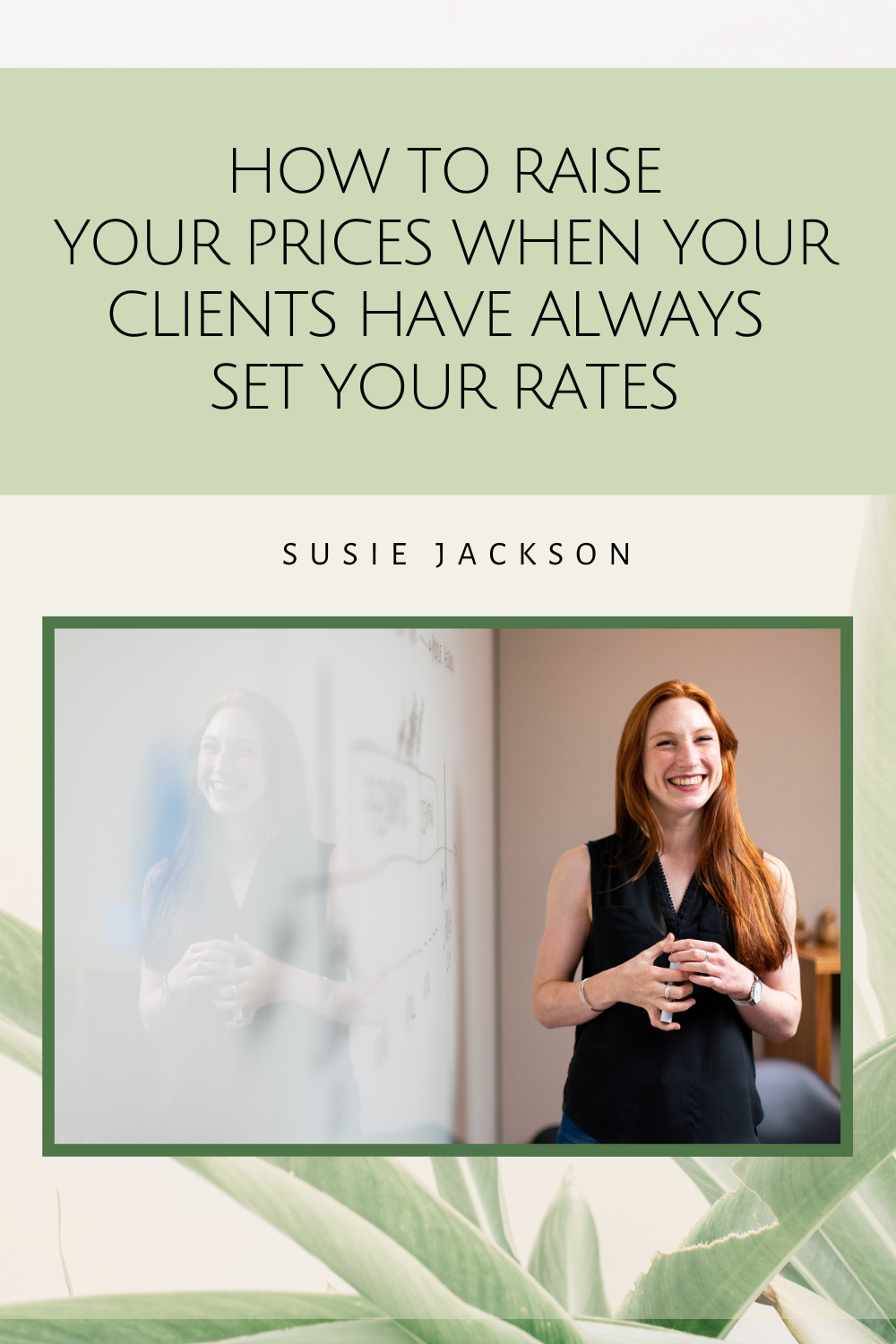3 Ways to Set Your Rates as a Freelancer
Have you ever resented the lack of transparency about rates as a freelancer?
When I started out freelancing I had no idea what I should be charging. I plucked a figure out of the air that basically equated to my student, part-time, waitressing income and just set about charging that to my clients for my translation and editing services.
After I'd been doing that for a while, I became aware of complaints within my industry about newbies undercutting more experienced freelancers and not charging what the work is worth. I remember being so confused and annoyed by those conversations. How are you meant to know what you should be charging when no-one ever talks about it?
Over the years, I’ve realised that there are three main schools of thought when it comes to deciding how much to charge:
Use the average rates in your industry as a guide and adjust according to whether you target high-end clients or not;
Charge based on the value to your client of the work you do for them;
Set rates that reflect your particular circumstances.
In this post, I’ll talk a bit about each of these approaches and explain which method I prefer.
Industry averages & the value to the client
Setting your rates based on industry averages is all well and good, but what if you work in an industry with a relatively low average rate? How will you make ends meet charging that rate if you have higher-than-average outgoings (either business, personal or both)? And what if, as I described above, there’s a lack of transparency and it’s impossible to know what the average rate is for your industry?
Setting your rates based on the value to the client can be very lucrative if you work with big-name companies, but for many of us it’s really difficult to put a number on what your work is worth. How are you supposed to know how much your client will earn as a result of your work, especially if the service you provide doesn’t directly feed into something they sell? Or what if your client is an individual, who is buying your product or service for themselves?
Your personal circumstances
It's important to remember that your business expenses might not look like the next [insert freelance profession here]'s.
Your personal outgoings might mean you need to earn more from your business each month than that person.
You might be older than someone else and not have started contributing to a pension yet, so your contributions at this point might need to be higher than theirs.
You might want to build a freelance business that allows you to work part-time and spend more time with your family, while that other person might want something completely different.
That's ok! But can you see why charging the same as that other person might be completely inappropriate?
The rate-setting method I teach my mentees in Charge with Confidence takes all those elements into account and results in a totally different rate for everyone. And guess what? It can be repeated again and again when your circumstances change, helping you realise when your rates need to increase and giving you the confidence to charge more and say no to projects that aren’t worth your while.
Hi, I’m Susie
I mentor freelancers on pricing so you can earn a decent living doing what you love.
I’m a translator, editor, chocoholic, crochet addict, animal lover, and budding gardener (get it?) who loves empowering others to achieve their goals.














